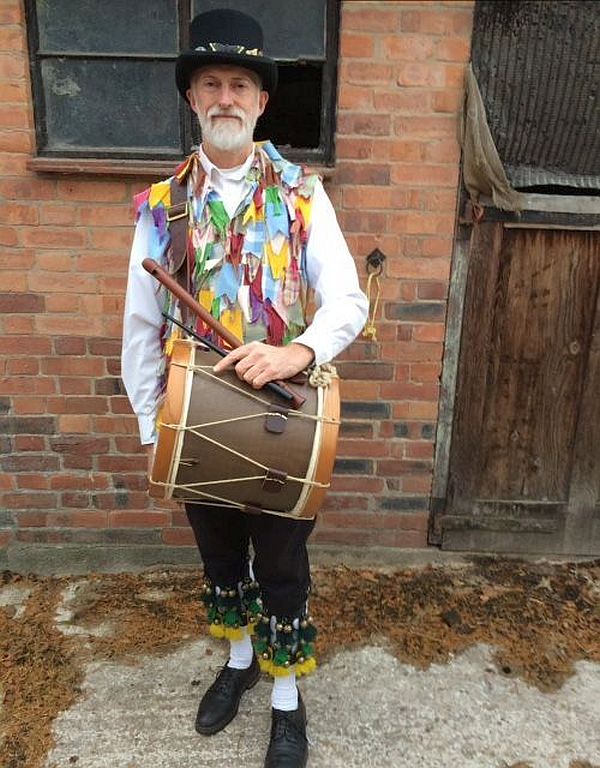The HEAF cohort study began in 2013 when 24 GP practices in England agreed to contact their patients to see if they would like to take part in the HEAF study. All their registered patients born between 1948 and 1962 (our target age band was 50–64 years) were sent details of the study. These were sent out between January 2013 and June 2014 and those who agreed to participate returned their baseline questionnaire, their written consent to take part and allow access to their health records, and their contact information.
We would like to thank all 8,134 of the HEAF participants who returned their details and those first questionnaires for their time and energy in making the HEAF study possible!
Four years on from when we began, HEAF is still enjoying a very high participation rate. Going into 2017/18 we were pleased that over 6,100 participants were happy to re-consent to continue to receive and return an annual questionnaires with details about their work and home circumstances.
Who are our participants?
Our study started in 2013/2014 when we sent out our baseline questionnaires.
54% of the people who completed and returned these questionnaire were women, and 46% were men. These were spread over the age bands with 26% born between 1958-1962, 32% born 1953-1957 and 42% born 1948-1952. When we compare these figures with a snapshot of the general population of England aged 50–64 years in June 2013, our sample is somewhat older with more women participating than men.
The majority of our participants (68%) were in paid work (either employed or self-employed), with the remainder being unemployed (7%) or retired (26%). These rates are very similar to those for all 50–64 year-olds in the UK, as judged by Labour Force Statistics for 2013 (67% in paid work, 5 % unemployed, 29% economically inactive). Employment rates were lower in women than men, although differences by sex were not marked. However, they fell off steeply in the oldest age band (with 46% in work and 51% retired), compared to 50–54 year-olds (with 88% in work and 3% retired).



